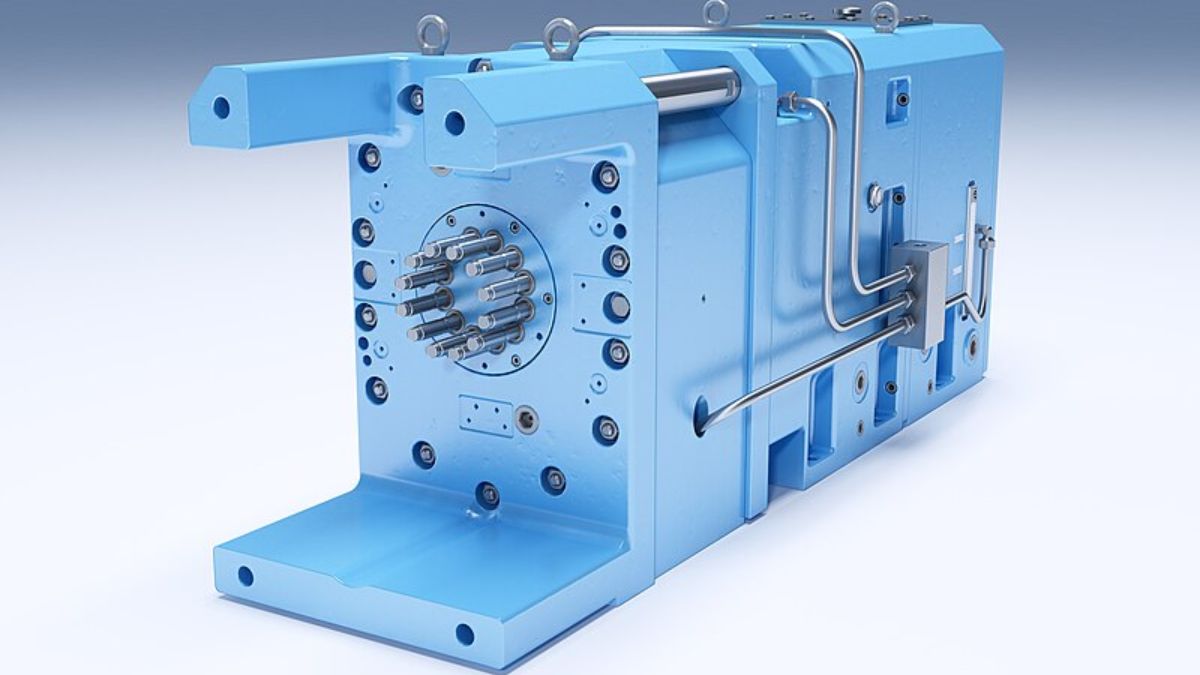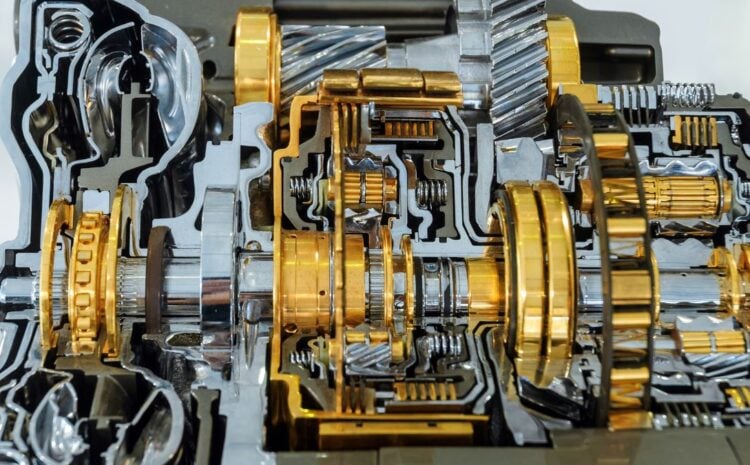An extruder gearbox is more than a metal box. It’s a sophisticated assembly that transmits the motor’s energy to the action of extrusion, molding raw materials into usable outputs. This process is central to industries like plastic, rubber, and food. But what happens when wear and tear catch up? Knowing the common culprits of breakdowns—friction, misalignment, or lubrication failures—can position you ahead in preventing significant downtimes. Knowledge is your first line of defense. In this article, we’ll give you some extruder gearbox emergency repair tips that will enable you to fix a malfunctioning extruder gearbox quickly.
Causes and Symptoms of Extruder Gearbox Failure
Some of the common causes of extruder gearbox failure are:
1. Dirt and Contamination: The intrusion of external elements such as dust, debris, and moisture can have detrimental effects on the performance and lifespan of a gearbox. These contaminants can lead to abrasive wear on gears and shafts, corrosion of metal components, and clogging, which can further compromise the efficacy of seals, bearings, and other integral parts. Proper maintenance and sealing practices are crucial to prevent these adverse outcomes and ensure the gearbox functions optimally.
2. Lack of Lubrication: Lubrication is vital for reducing friction, heat, and wear between the moving parts of the gearbox. If the lubricant level is low, dirty, or incompatible, it can result in increased friction, heat, and wear, leading to premature failure.
3. Misalignment: Misalignment refers to the scenario when the gearbox isn’t correctly positioned to the motor and the extruder’s screw. Such misalignment can manifest in several ways, including increased vibration, unusual noise, and undue stress on the various parts of the gearbox. Over time, these adverse effects can accelerate wear and tear, potentially leading to significant damage, malfunction, or even the complete failure of gearbox components. Regular checks and adjustments are crucial to mitigate these risks and ensure the prolonged health and efficiency of the system.
4. Operational Errors: Operational errors refer to mistakes or negligence in using or maintaining the gearbox. For example, overloading, overspeeding, improper installation, incorrect settings, or insufficient inspection can all lead to gearbox failure.
These causes can manifest in various symptoms, such as leaks, cracks, noises, vibrations, overheating, or reduced performance. If you notice any of these signs, you should act quickly and seek professional help before it’s too late.
Steps to Repair an Extruder Gearbox in an Emergency
If you’re having trouble with your extruder gearbox and need to repair it in an emergency, here are some steps you can take:
1. Turn off the power and disconnect the wiring from the gearbox. This will prevent any further damage or injury from occurring.
2. Remove all of the extruder parts from their mounts and carefully inspect them for damage. Replace any damaged parts.
3. Clean the gears and shafts using a solvent or degreasing agent to remove all debris. Lubricate them using a compatible lubricant to reduce friction and wear.
4. Check for proper alignment and balance of the gearbox components using a level, a ruler, a dial indicator, or other tools. Adjust or replace any components that are out of alignment or balance.
5. Reconnect the wiring and turn on the power. Test the gearbox for functionality and performance.
If you’re not confident or experienced in repairing an extruder gearbox yourself, you should always contact a professional service provider who can help you with your emergency repair.
Tips to Prevent Extruder Gearbox Failure
The best way to avoid extruder gearbox failure is to prevent it from happening in the first place. By following some simple preventive measures and maintenance tips, you can keep your gearbox in top shape and avoid costly repairs or replacements. Here are some tips to follow:
1. Regularly inspect your gearbox for any signs of wear or damage, such as leaks, cracks, noises, vibrations, overheating, or reduced performance. If you notice any of these signs, seek professional help immediately.
2. Lubricate your gearbox regularly using the right type and amount of oil for your gearbox. You should also change the oil regularly according to the manufacturer’s schedule. This will help reduce friction, heat, and wear between the moving parts of the gearbox.
3. Align your gearbox properly with the motor and the screw of the extruder to ensure optimal operation and prevent vibration, noise, or stress on the gearbox components. You should also check for any loose or missing bolts, nuts, washers, screws, or other fasteners that may affect the alignment or balance.
4. Follow the manufacturer’s instructions and specifications when using or maintaining your gearbox. This includes following the recommended operating parameters such as speed, torque temperature, pressure, and load. You should also consult the manufacturer’s manual or website for any troubleshooting tips or solutions.
Conclusion
An extruder gearbox is a key component of the extrusion process, but it can also face some challenges over time. By following these tips and tricks, you can repair an extruder gearbox in an emergency and prevent it from failing in the future.
If you need help repairing or maintaining your extruder gearbox, contact us at Extruder Gearbox Repair. We are experts in extruder gearbox repair and remanufacturing, and we can help you with your emergency repair needs.



